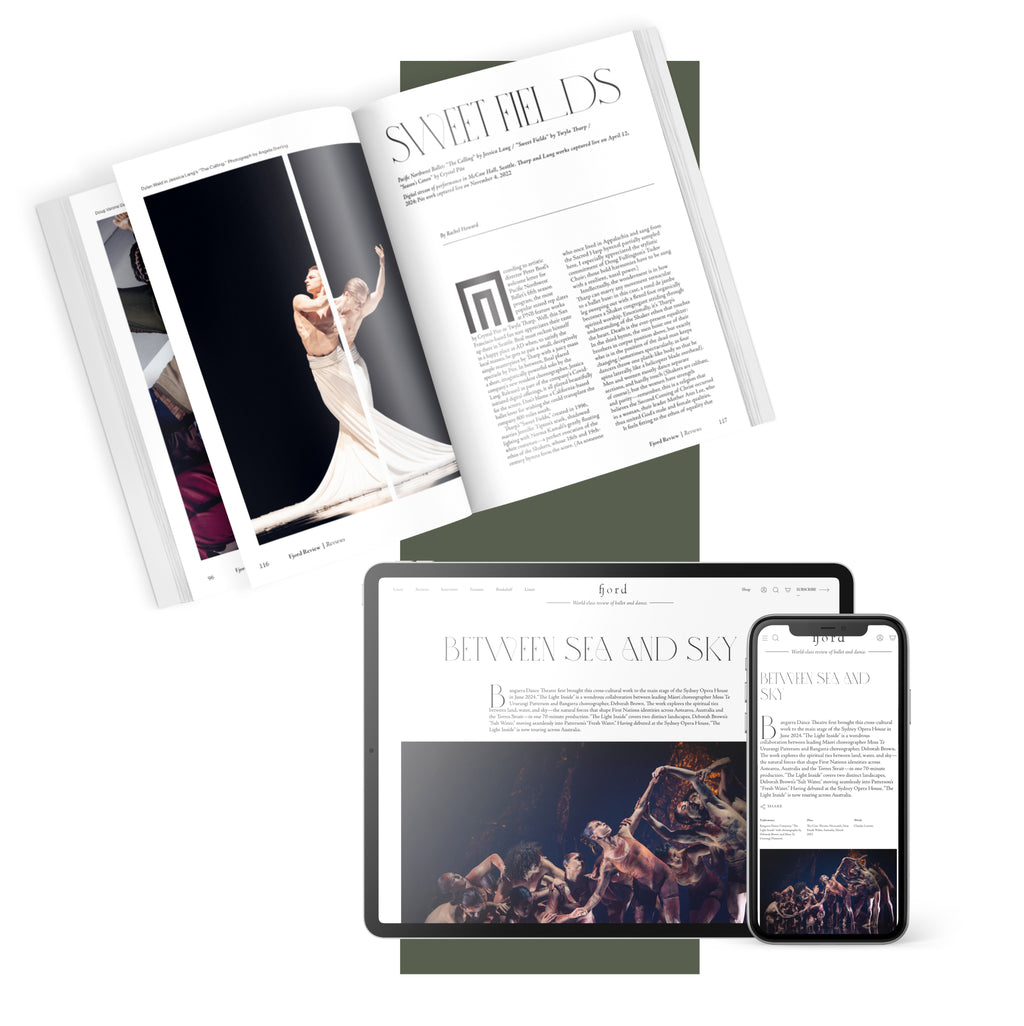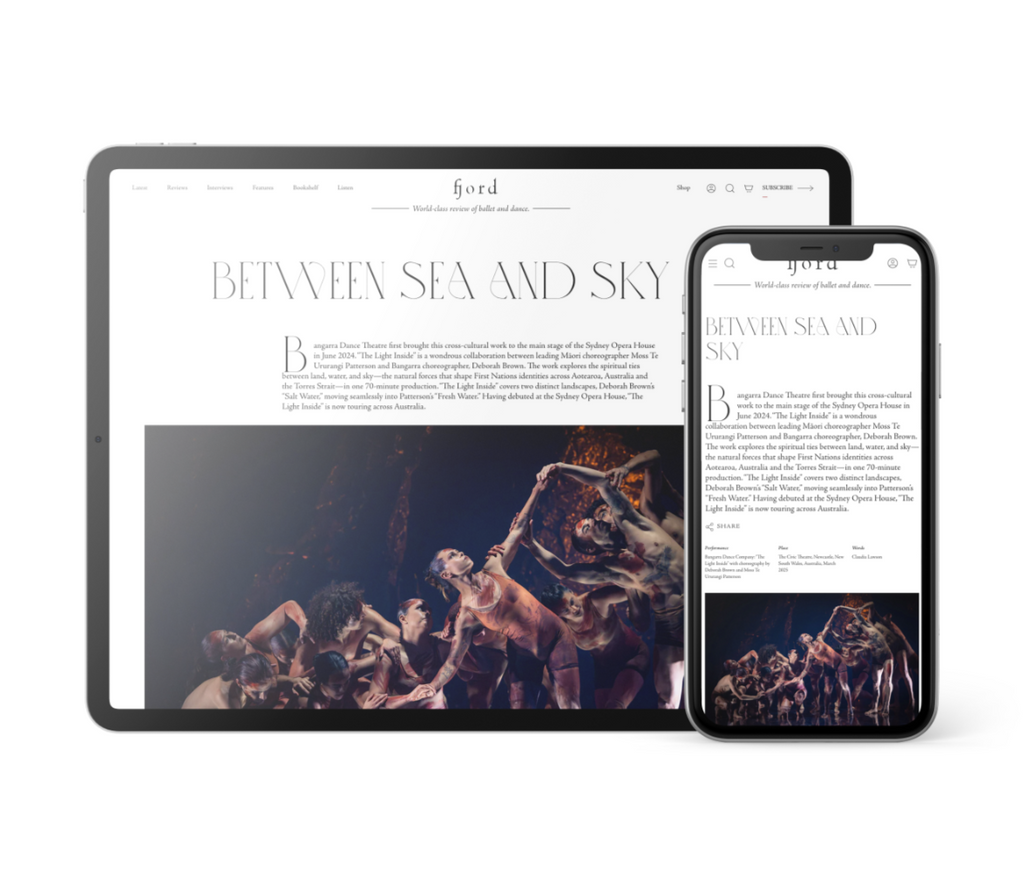The title role was, interestingly, split into two parts: the main Chanel danced through all of these moments whilst being guided and observed by her future self, Shadow Chanel. As the slightly ominous name suggests, the alternate Chanel seemed to be the driving force behind the main version’s dubious undertakings. Kaho Kato performed Shadow Chanel with just the right amount of indifference and stoicism; she was the one who pushed her younger self to seduce Étienne Balsan, and she was also the one who led the denouncement of her Jewish business partner, Pierre Wertheimer. This has to be one of the most narratively responsible roles Kato has performed to date, and she was such a brilliant fit for the character. She also, quite aptly, balanced Neneka Yoshida’s portrayal as the main Chanel. It was wonderful to see Yoshida tackle a role with some bite. She traced Chanel’s shift from naïve singer to dubious temptress with such ease, and credit must go to her (and Ochoa) for leaning into these complexities.
The detail in the costuming and choreography really made this production stand out. In the workroom scenes, for example, the seamstresses are dressed in an almost identical uniform, the only difference being the numbers on their collars. As Chanel slips into power and greed, it becomes more noticeable that she thinks about her workers a nothing more than replaceable numbers in a line. During Germany’s occupation of France, Ochoa did not cast any of the corps dancers as soldiers. Instead, these roles were inhabited by mannequins which the dancers manoeuvred around the main action—the only embodied German figure on stage was Vito Bernasconi who played ‘Baron’ Hans Günther von Dincklage. When Chanel was dancing with von Dincklage, the dancers removed the mannequins’ heads, and these inanimate spheres suddenly became the outside eyes watching on and condemning Chanel for her actions.








comments